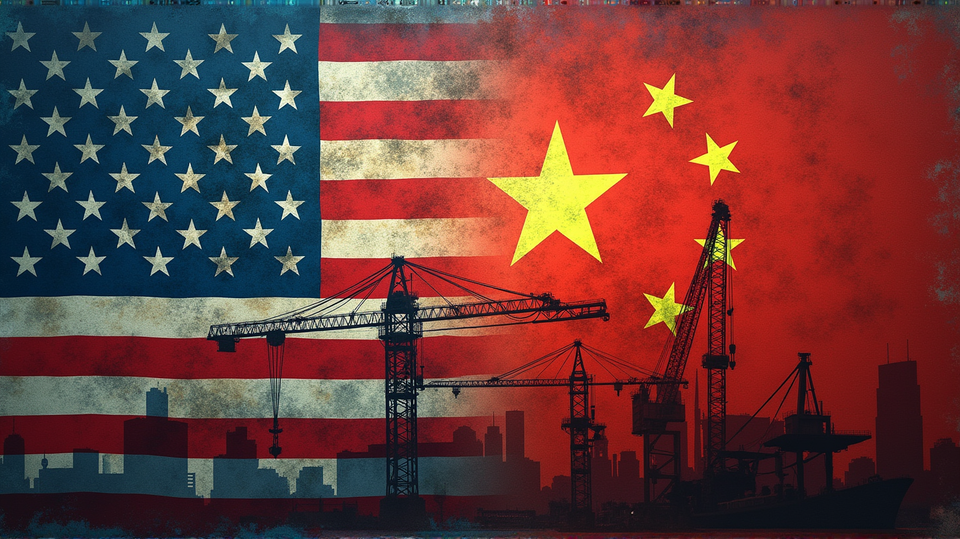Why Rebuilding the U.S.-India Relationship is Key to Countering China

In the summer of 1982, an iconic moment unfolded as President Ronald Reagan hosted Indian Prime Minister Indira Gandhi at the White House, celebrating the friendships between the world’s largest democracies. Fast forward four decades, and the U.S.-India relationship is at a crucial crossroads, one that could determine the balance of power in Asia.
Troubling Times
Recently, the geopolitical landscape has been rocked by a series of escalating tensions. President Trump has warned India of potential tariffs following their Russian oil trade, presenting a simmering challenge to friendly relations. But as the dust seems to settle on tariffs and trade wars, there’s an underlying urgency to rekindle the U.S.-India partnership. According to www.newsweek.com, this bond is pivotal for achieving peace and strength to outdo China’s expanding influence.
The Economic Entwinement
For the United States, India’s market represents an unparalleled opportunity to shift supply chains away from China. With India’s burgeoning manufacturing potential, the possibility of redirecting industry giants to Indian soil for textiles, inexpensive phones, and solar panels is enticing. Such a move would not only diversify the supply chain but also fortify economic bonds that could reshape the world stage.
Defensive Alliances
In defense, India stands at the forefront as a bulwark, boasting rich military ties with the U.S., Israel, and other allies. Its strategic location is a linchpin in curbing Chinese dominance across Asia. A closer military partnership with India can bolster American security interests, even as India remains deeply entrenched in the geopolitics of the Middle East.
Demographic Dynamics
India’s demographic strength is another undeniable factor. Having surpassed China in population, and with its youthful workforce, India is poised to accelerate its economy exponentially. The rise of India as an economic powerhouse could eclipse Japan, offering a viable alternative to China’s aging trajectory and growing hegemony.
A Shared Vision for the Future
In the grand geopolitical chess game, India’s proximity and uneasy relations with China make it an indispensable ally for the U.S. The neighboring rivalries and territorial disputes between India and China amplify the importance of a strengthened U.S.-India alliance. Both nations must focus on nurturing their partnership to counter resurgent communist ideals effectively.
Moving Forward: The Road Ahead
As the two countries navigate the choppy waters of Russian oil imports and tariff disputes, the dialogue becomes integral to their partnership’s progression. Direct exchanges between President Trump and Prime Minister Modi could avert an enduring rift, paving the way for renewed camaraderie. The challenges and discourse are signifiers of an evolving deep connection that these two democracies must treasure and nurture.
Conclusion: Solidifying the Friendship
Against the backdrop of fluctuating geopolitical climates, the baggage of past grievances should not overshadow what binds these two nations together. The United States, in its quest to counter China, must prioritize its relationship with India, harnessing decades of goodwill and democratic values for a more secure and prosperous world.
With poignant historical memories and a shared vision for peace, the United States and India face the opportunity to restore and escalate their alliance—hopefully turning tensions into an axis of collaboration and mutual respect. The path to countering China’s colossal ambitions may lie in the hands of strengthening one of democracy’s most promising partnerships.




